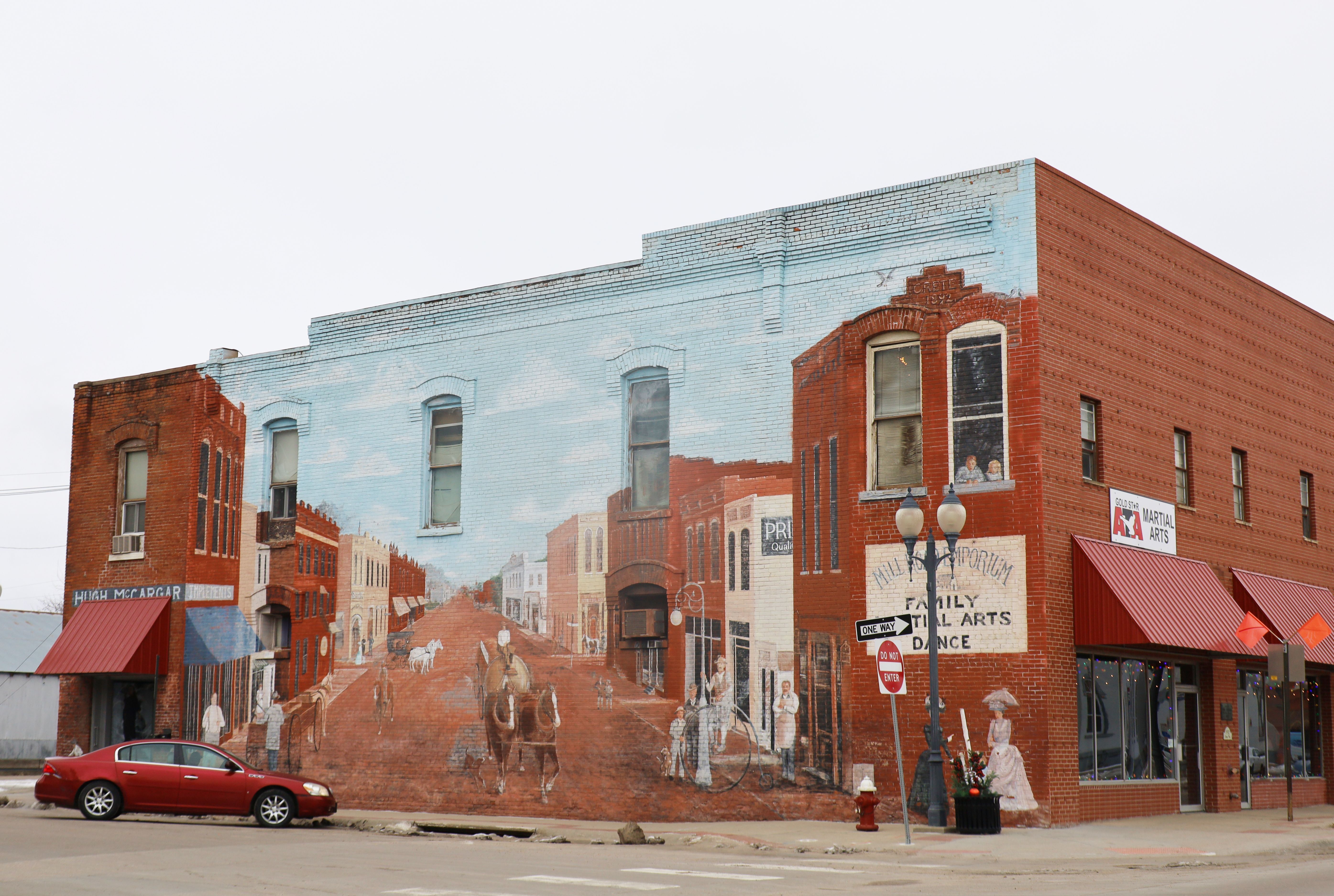
To most people, safety means a way to keep oneself and others free from injury or prevent property from damage. Quality of work refers to how good the final work product is or how well the service was rendered. Some would say that safety impedes productivity. It takes too long. Emphasizing safety moves the goal from completing a project well and on time to doing it safely. To some people, getting the job done well sometimes requires that safety be set aside. According to research - safety and quality of work are very closely related, and one does not need to be emphasized over the other. Employees who are diligent about being safe are more than likely to be diligent about achieving a good work product or service. There are several reasons for this.
According to an OSHA publication, “A Safe Workplace is Sound Business,” safety programs not only reduce injuries and property damage but have the following benefits:
- They improve compliance with laws and regulations.
- They reduce costs, including significant reductions in workers’ compensation payments.
- They engage workers.
The last reason is interesting: how can safety programs engage workers? When workers are given a task and resources to perform it, they are expected to complete it in a certain amount of time. When that worker takes safety into account, they will need to think through the task step by step to wear the proper personal protective equipment (PPE) and have the correct safety measures in place, such as setting up support structures. A project that is thought through carefully is more apt to be thoughtfully completed. Steps are less likely to be skipped or forgotten.
Doing a job safely will often entail it being done more slowly, enhancing the quality of the finished job. Researchers from the Department of Civil Engineering in Australia found that the more unsafe a job site was, the more mistakes were made on projects, with many tasks having to be redone, equipment and property more than likely to be damaged, and worker injuries more frequent which would then put off a project or require less skilled workers to complete it.
When it comes to considering safety and the quality of a finished project or service, it doesn’t make any difference what size the community is, how many employees it has, or whether the person working is a volunteer or full-time staff member. Since safety and quality of work done are inseparable, supervisors should be all the more motivated to require safety training, attendance at regular safety meetings, and evaluations of accidents or close calls. A city or village invests a great deal of money and effort into its staff, property, and equipment, and safety practices go a long way to protecting those resources, which, in the end, increases the quality of service provided to the community.
It’s essential to make safety and high-quality standards the goals of municipal government. They’re not polar opposite themes but they are mutually beneficial.
